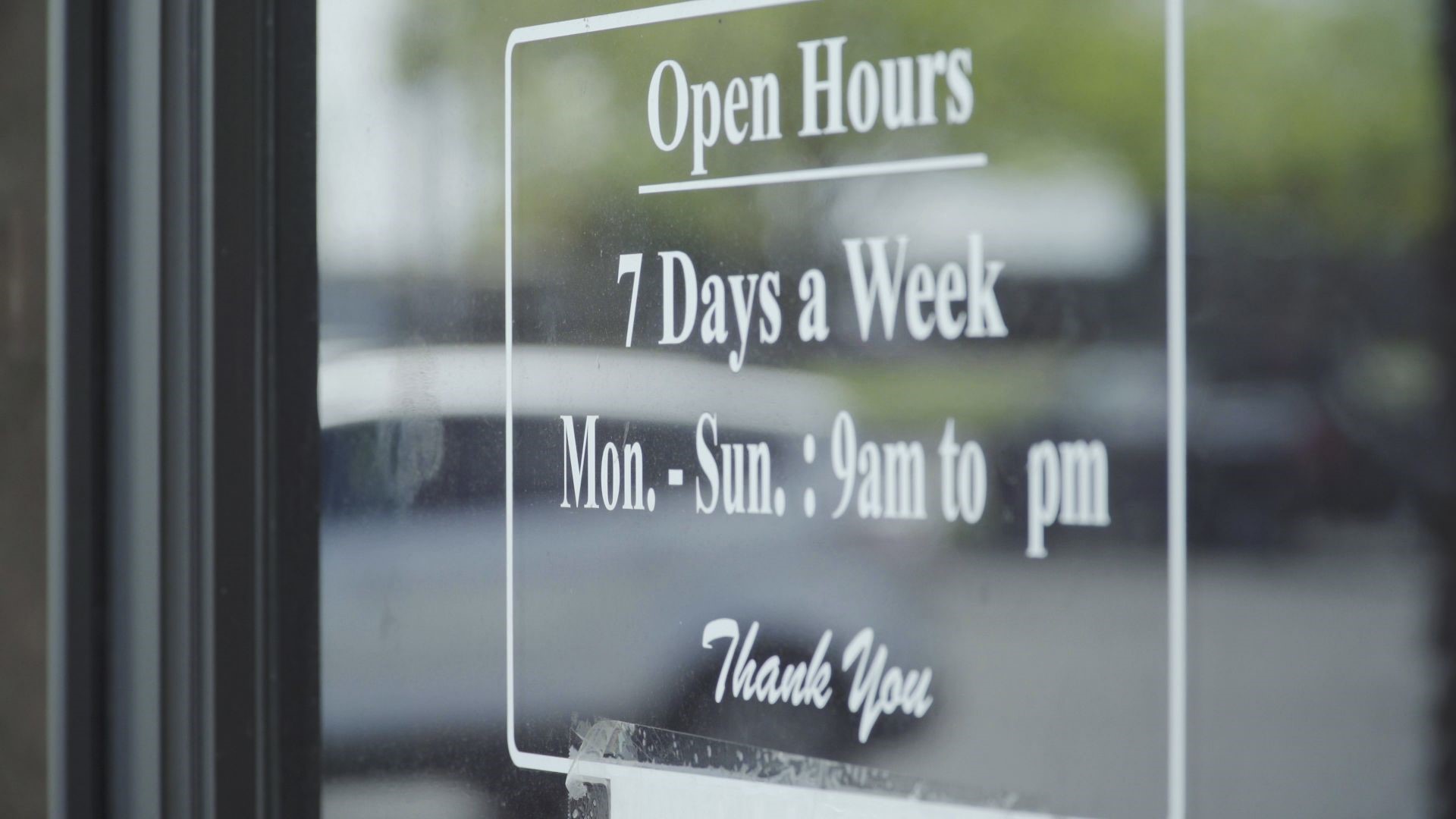SACRAMENTO, Calif. — Sacramento leaders say the area’s illicit massage parlor problem is growing, and they are working on an ordinance to combat that.
What can I do?
Lieutenant Cindy Stinson with the Sacramento Police Department says if you suspect a massage parlor in your neighborhood may be conducting illegal activity — specifically sex trafficking or prostitution — you can report it to police. Each area’s Problem Oriented Policing team is responsible for responding to illicit massage parlors, Stinson said.
How can I tell the difference between an illegal massage parlor and a normal massage business?
“For people that see a massage parlor in their local neighborhood and they’re wondering, ‘OK, is that an OK massage parlor? Is it not?’ There’s certain indications,” Stinson said.
Illicit massage parlors will often have their storefront windows tinted or covered.
“Most up-and-up [legitimate] massage parlors, you’re going to be able to see inside,” she explained.
Legitimate massage businesses will also have their services and prices clearly displayed.
A red flag for her is “if you go in and it’s just kind of dark and there’s no prices for services listed,” Stinson said.
Chances are you won’t accidentally wander into an illicit massage parlor when looking for an actual massage, Stinson said.
“The people who are going to these (particular) businesses are going to buy sex,” Stinson said.
How can I tell if my massage therapist is a victim of trafficking?
She recommends the Polaris Project as a resource for helping identify victims of human trafficking.
“Is it human trafficking?” a guide on the Polaris Project says, “Not all labor exploitation or commercial sex is trafficking. The crime of human trafficking must involve the use of force, fraud, or coercion.”
It offers more guidance HERE.
The Polaris Project also includes a list of myths about human trafficking.
“Myth: It’s always or usually a violent crime,” the website says. “Reality: By far the most pervasive myth about human trafficking is that it always - or often - involves kidnapping or otherwise physically forcing someone into a situation. In reality, most human traffickers use psychological means such as tricking, defrauding, manipulating or threatening victims into providing commercial sex or exploitative labor.”
Continue the conversation with Becca on Facebook.
________________________________________________________________

